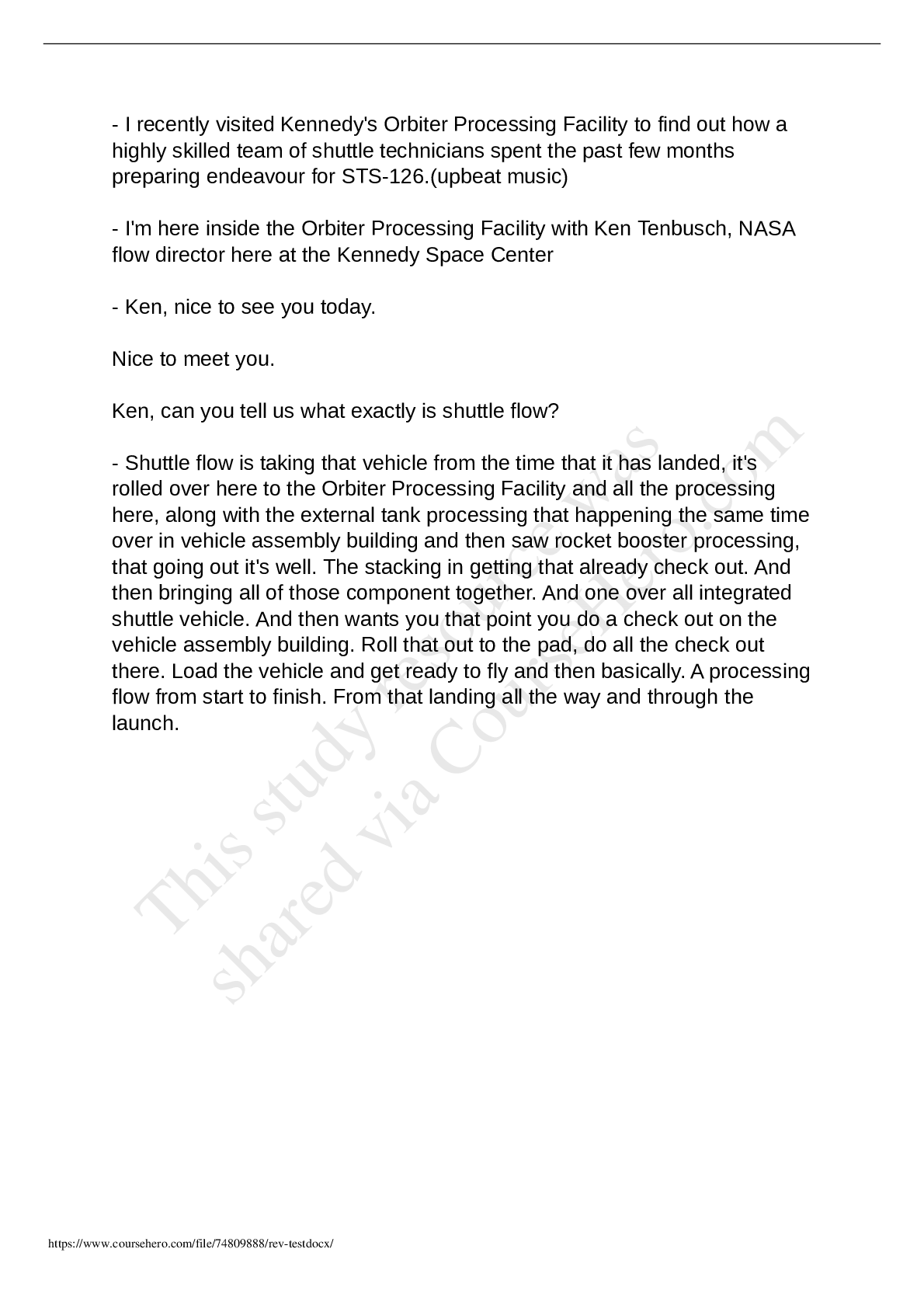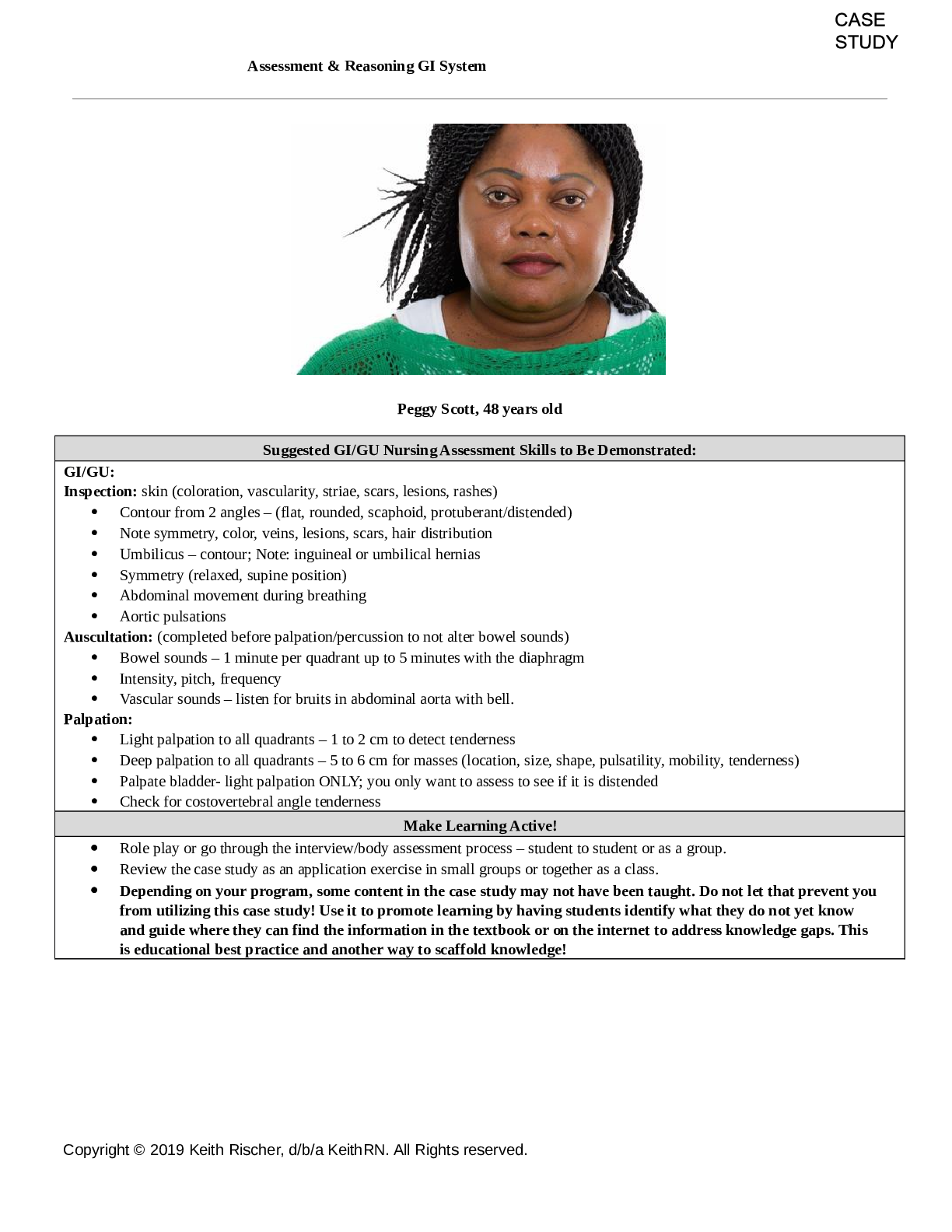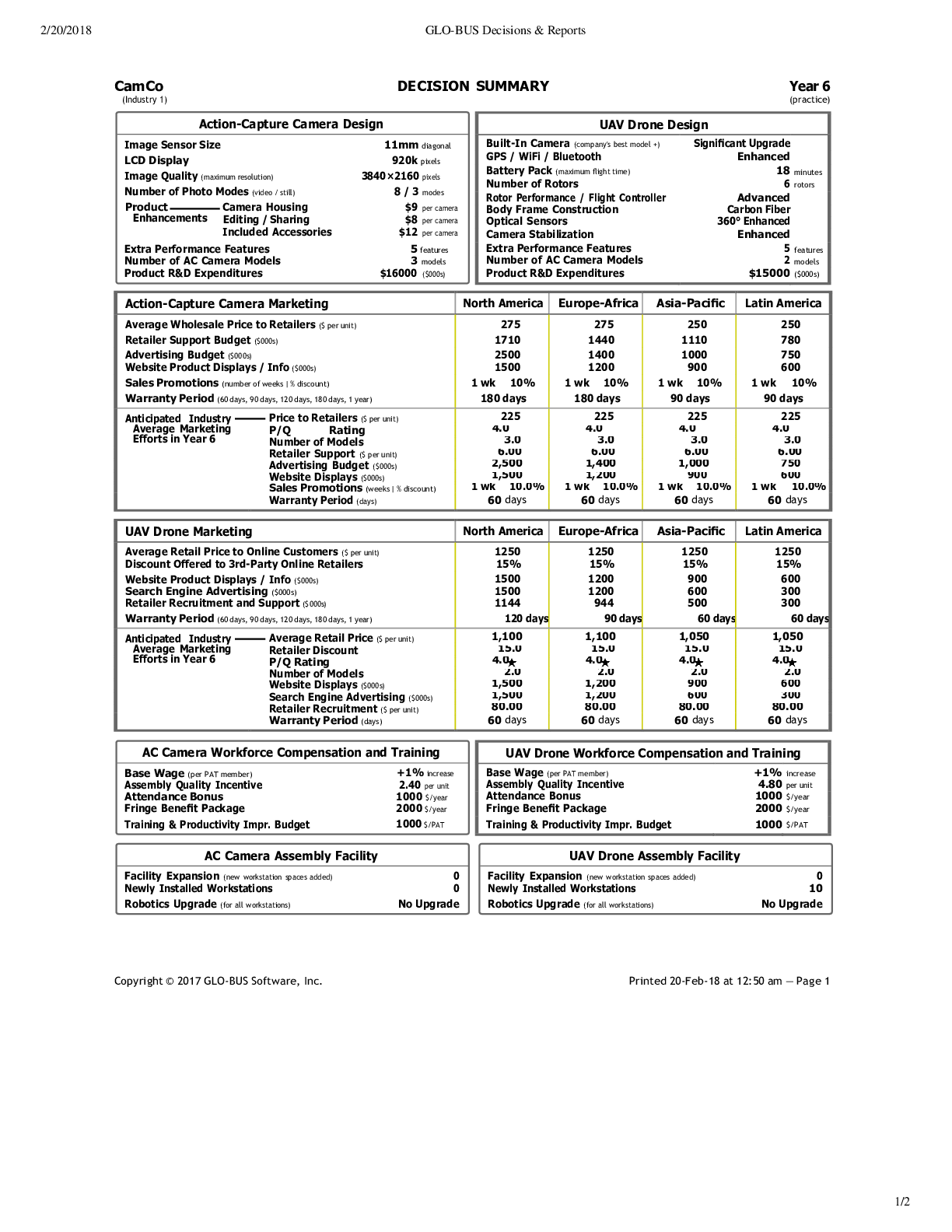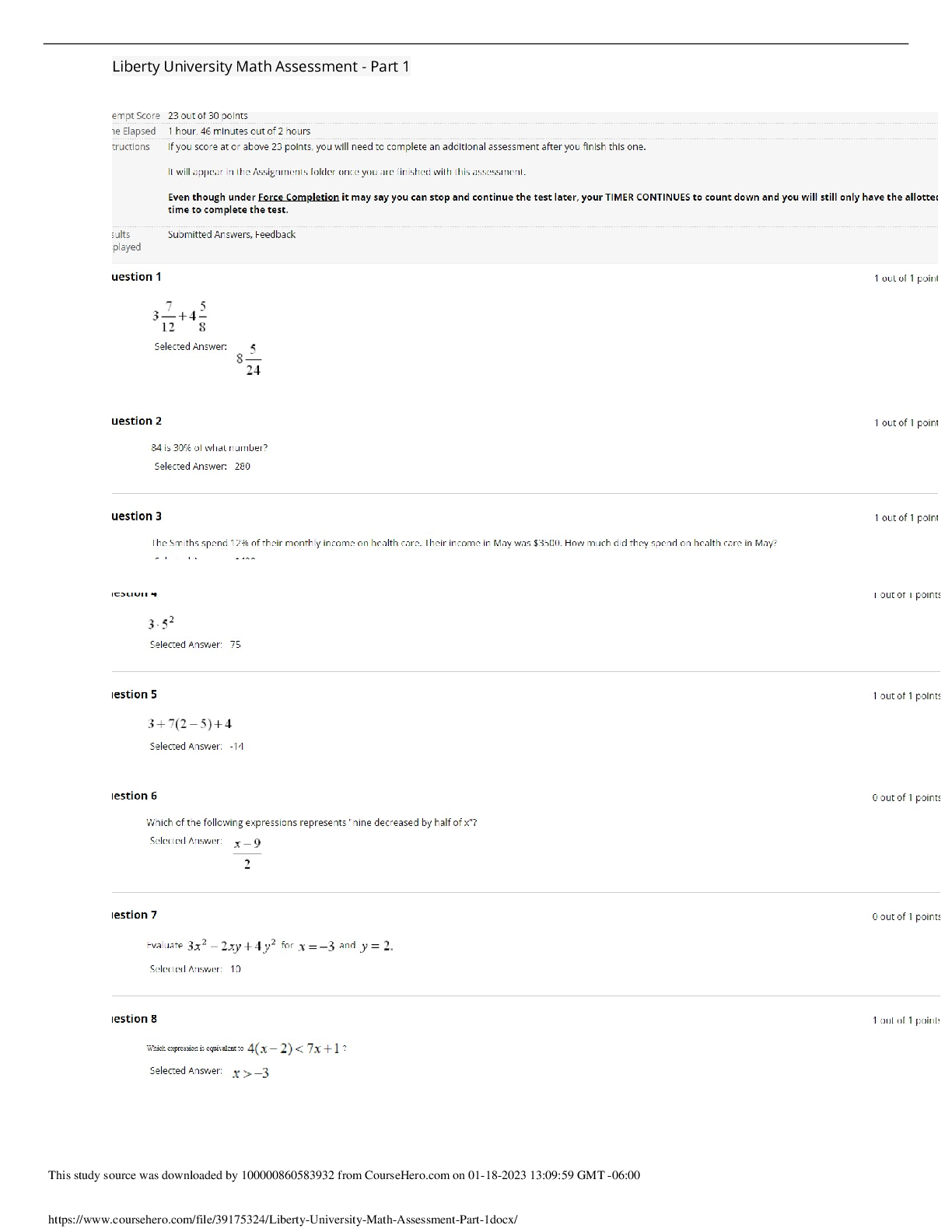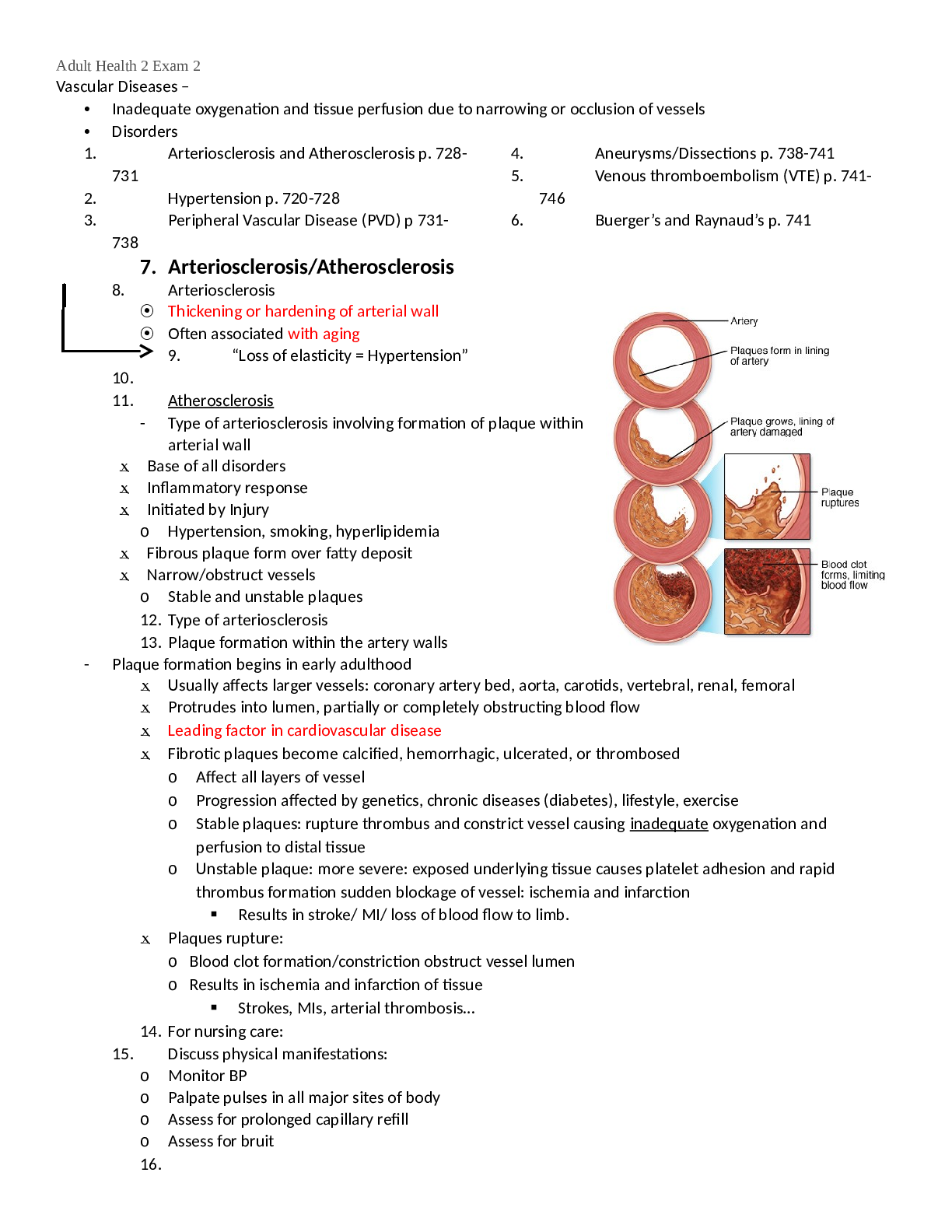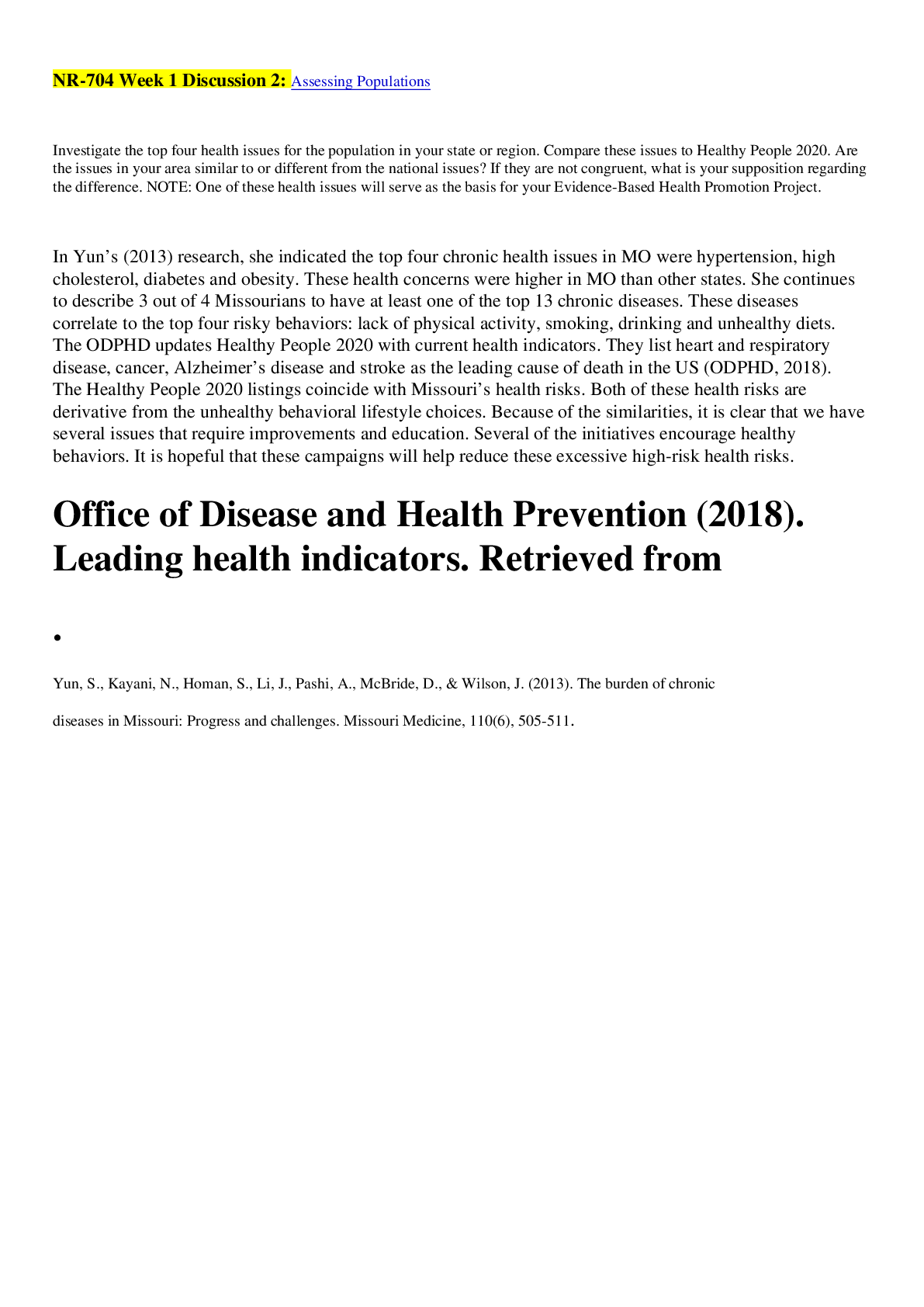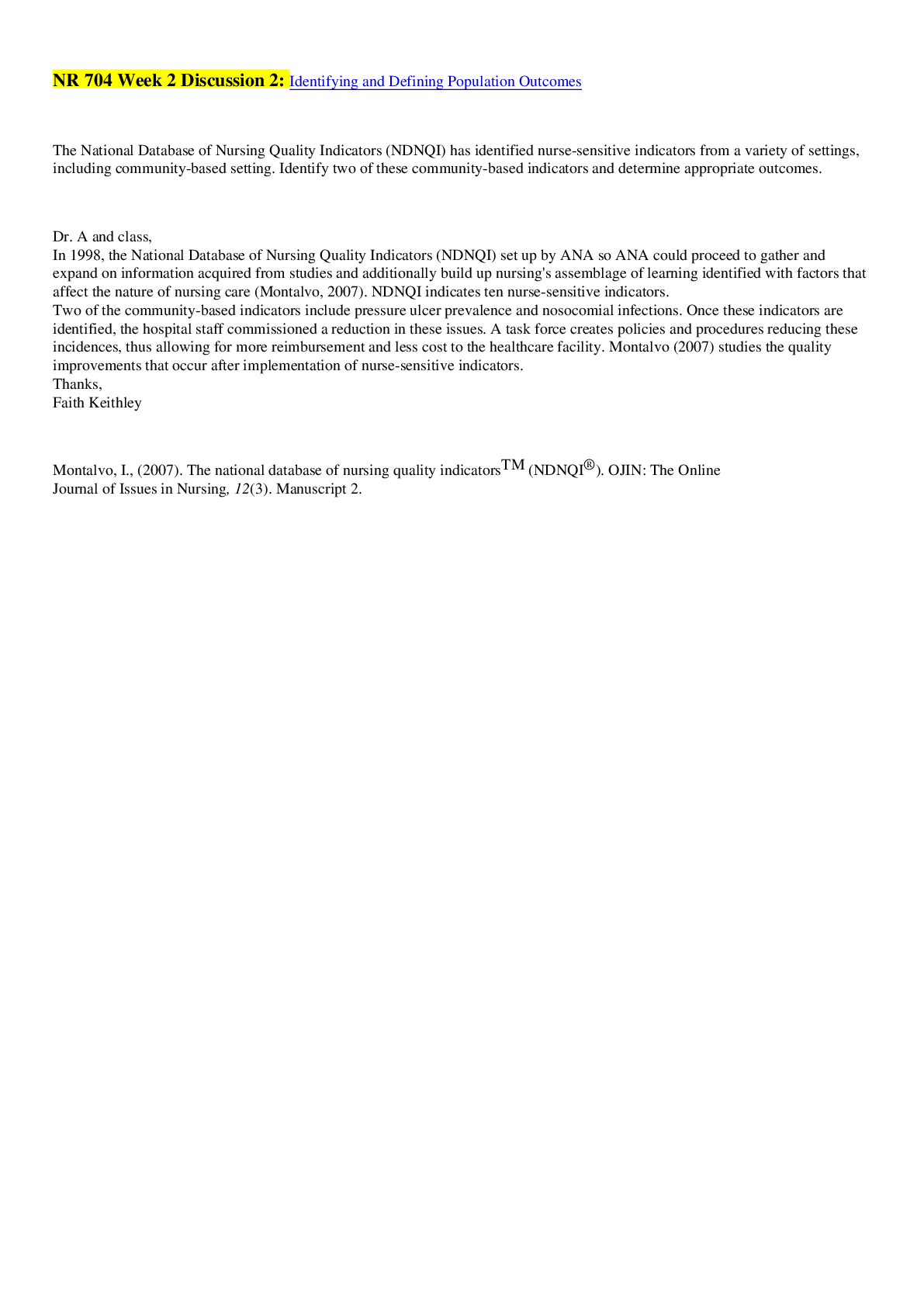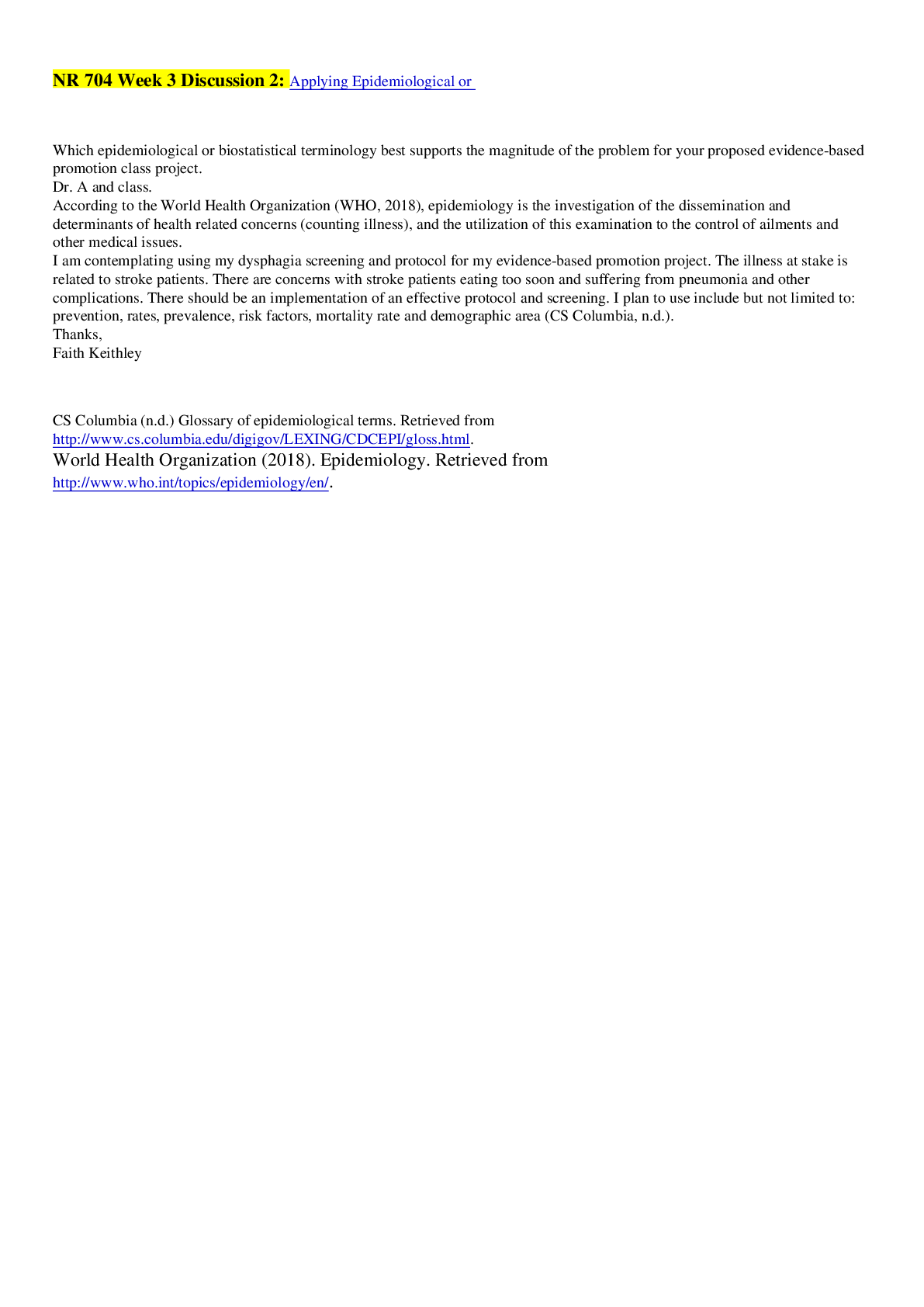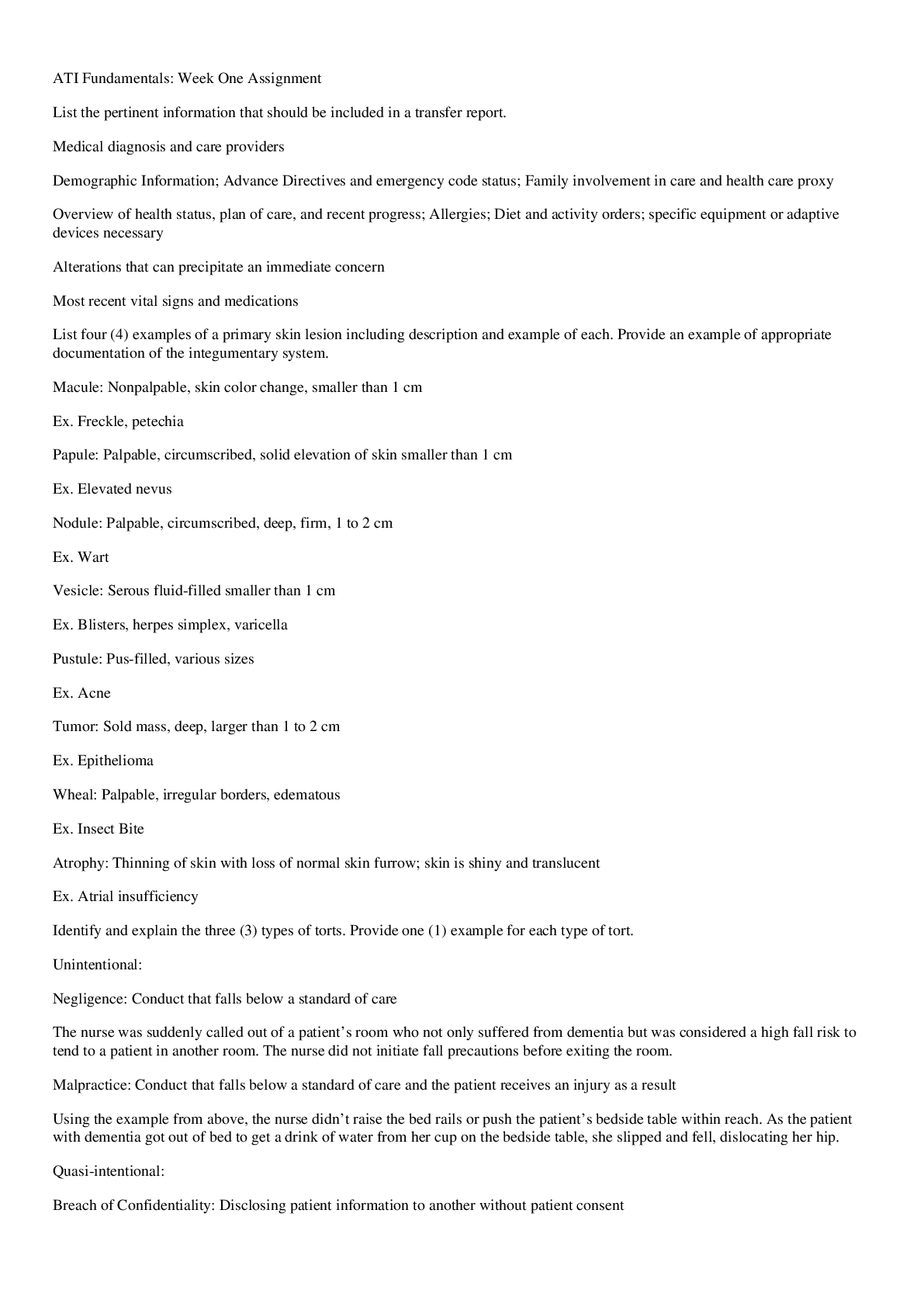Economics > STUDY GUIDE > ECO 550 All Chapters micro_key_answers DOWNLOAD TO SCORE A+ (All)
ECO 550 All Chapters micro_key_answers DOWNLOAD TO SCORE A+
Document Content and Description Below
Answers to Key Questions CHAPTER ONE APPENDIX 1-1 Use the economic perspective to explain why someone who is normally a light eater at a standard restaurant may become somewhat of a glutton at a b... uffet-style restaurant which charges a single price for all you can eat. This behavior can be explained in terms of marginal costs and marginal benefits. At a standard restaurant, items are priced individually they have a positive marginal cost. If you order � more, it will cost you more. You order until the marginal benefit from the extra food no longer exceeds the marginal cost. At a buffet you pay a flat fee no matter how much you eat. Once the fee is paid, additional food items have a zero marginal cost. You therefore continue to eat until your marginal benefit becomes zero. 1-5 Explain in detail the interrelationships between economic facts, theory, and policy. Critically evaluate this statement: The � trouble with economic theory is that it is not practical. It is detached from the real world.� Economic theory consists of factually supported generalizations about economic behavior that can be used to formulate economic policies. Economic theory enables policymakers to formulate economic policies that are relevant to real-world goals and problems that are based upon carefully observed facts. 1-7 Indicate whether each of the following statements applies to microeconomics or macroeconomics: (a), (d), and (f) are macro; (b), (c), and (e) are micro. 1-8 Identify each of the following as either a positive or a normative statement: a. The high temperature today was 89 degrees. b. It was too hot today. c. Other things being equal, higher interest rates reduce the total amount of borrowing. d. Interest rates are too high. (a) and (c) are positive; (b) and (d) are normative. 1-9 Explain and give an illustration of (a) the fallacy of composition; and (b) the after this, therefore because of this fallacy. � � Why are cause-and-effect relationships difficult to isolate in the social sciences? (a) The fallacy of composition is the mistake of believing that something true for an individual part is necessarily true for the whole. Example: A single auto producer can increase its profits by lowering its price and taking business away from its competitors. But matched price cuts by all auto manufacturers will not necessarily yield higher industry profits. (b) The after this, therefore because of this fallacy is incorrectly � � reasoning that when one event precedes another, the first even necessarily caused the second. Example: Interest rates rise, followed by an increase in the rate of inflation, leading to the erroneous conclusion that the rise in interest rates caused the inflation. Actually higher interest rates slow inflation. [Show More]
Last updated: 1 year ago
Preview 1 out of 65 pages
Instant download
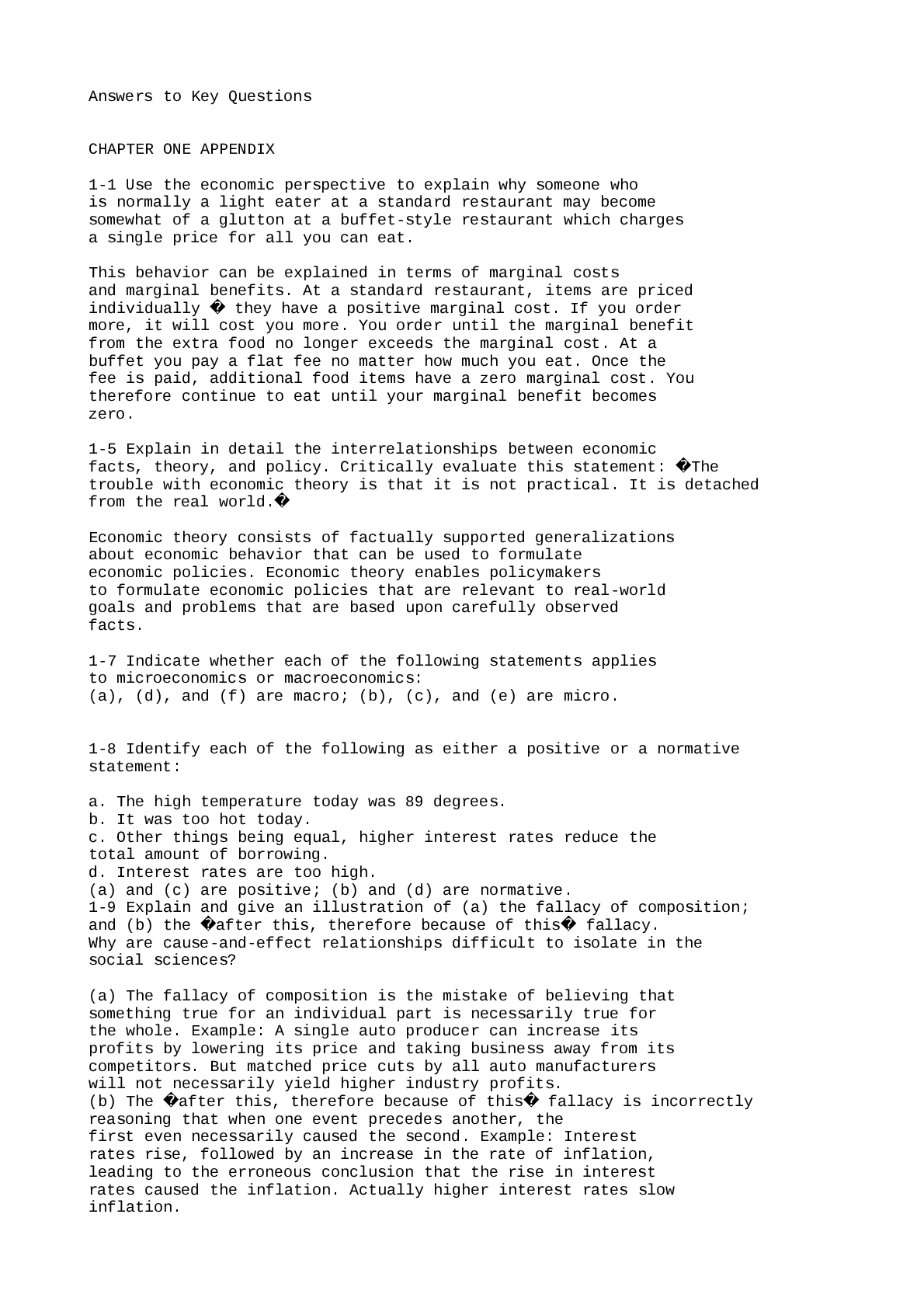
Buy this document to get the full access instantly
Instant Download Access after purchase
Add to cartInstant download
Reviews( 0 )
Document information
Connected school, study & course
About the document
Uploaded On
Mar 23, 2021
Number of pages
65
Written in
Additional information
This document has been written for:
Uploaded
Mar 23, 2021
Downloads
0
Views
34



